Caroni, R, Greife, AJ, Bresciani, M, Giardino, C, Tellina, G, Carrea, L, Liu, X, Simis, SGH, Albergel, C and Pinardi, M 2025 Examining global trends of satellite-derived water quality variables in shallow lakes. Remote Sensing Applications: Society and Environment, 38. 101565. 10.1016/j.rsase.2025.101565
Preview |
Text
1-s2.0-S2352938525001181-main.pdf - Published Version Available under License Creative Commons Attribution. Download (4MB) | Preview |
Abstract/Summary
Lakes are a vital resource for freshwater supply and key sentinels of climate change, and it is projected that global warming will more persistently affect hydrology, nutrient cycling and biodiversity. In this context, shallow lakes are considered particularly sensitive to a changing environment and it is essential to acknowledge their water quality conditions and recent trends to guide effective water resource management and mitigation strategies. The European Space Agency Climate Change Initiative (ESA-CCI) offers globally consistent satellite observations of the Lakes Essential Climate Variable (ECV) including satellite products such as chlorophyll-a (Chl-a), turbidity and surface water temperature (LSWT) for over 2000 lakes during 1992–2020. From this dataset, we extracted a subset of 347 lakes with mean depth ≤ 3 m distributed globally to investigate a long-term timeseries (2002–2020) for Chl-a and turbidity. Theil-Sen trend analysis showed that Chl-a did not change significantly in 33 % of lakes, significantly increased in 45 % and decreased in 22 % of the lakes, while turbidity significantly increased in 60 % and decreased in 17 % of lakes. Most lakes with increasing Chl-a and turbidity trends were located in lowland areas, and had relatively large areas (surface area >50 km2 ). Further analysis revealed that the majority of lakes showed a concurrent increase in both Chl-a (48 %) and turbidity (50 %) with LSWT, indicating the potential influence of climate warming on lake water quality. A structural equations model-based analysis used for modelling the interactions between climatic, socioeco�nomic features and water conditions overall showed that Chl-a and turbidity had a concurrent positive increase with population and gross regional product in most lakes. This finding suggests that the impact of human population growth in lake catchments represents an important factor driving pressures on the water quality of shallow lakes
| Item Type: | Publication - Article |
|---|---|
| Divisions: | Plymouth Marine Laboratory > Science Areas > Earth Observation Science and Applications (expired) |
| Depositing User: | S Hawkins |
| Date made live: | 12 May 2025 10:02 |
| Last Modified: | 12 May 2025 10:02 |
| URI: | https://plymsea.ac.uk/id/eprint/10405 |
Actions (login required)
 |
View Item |


 Tools
Tools Tools
Tools